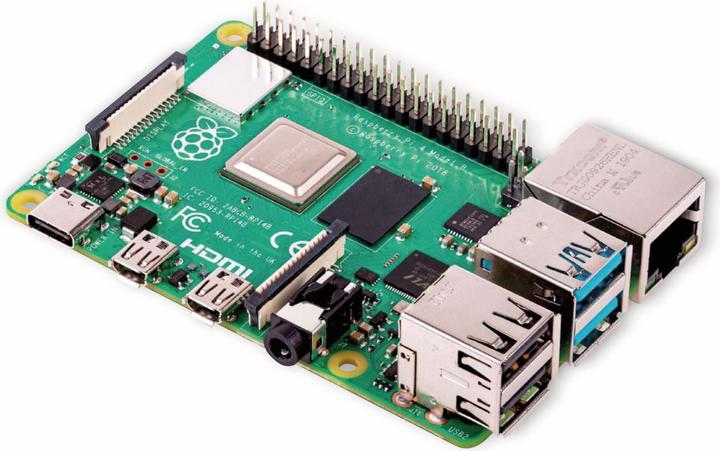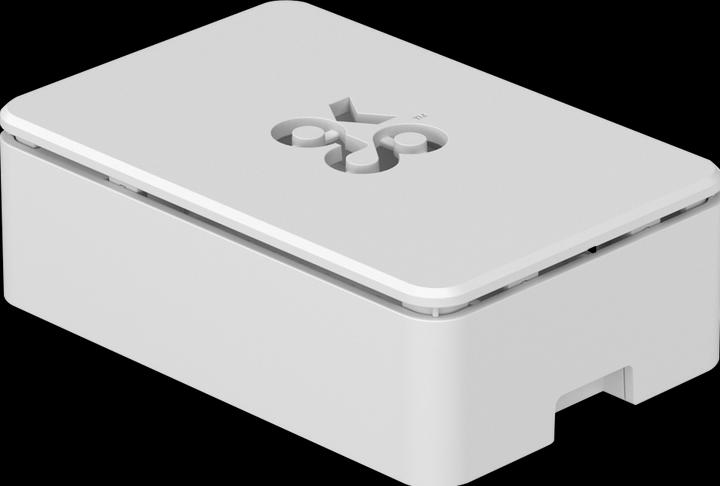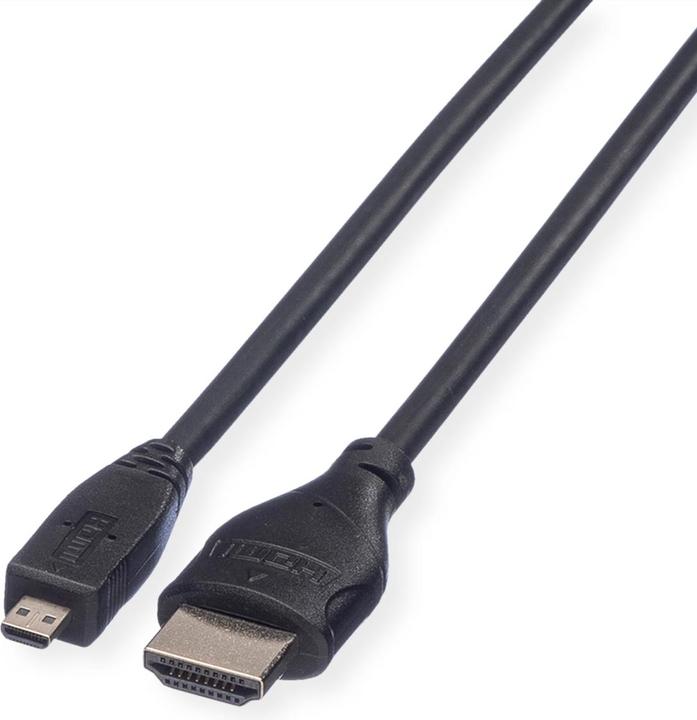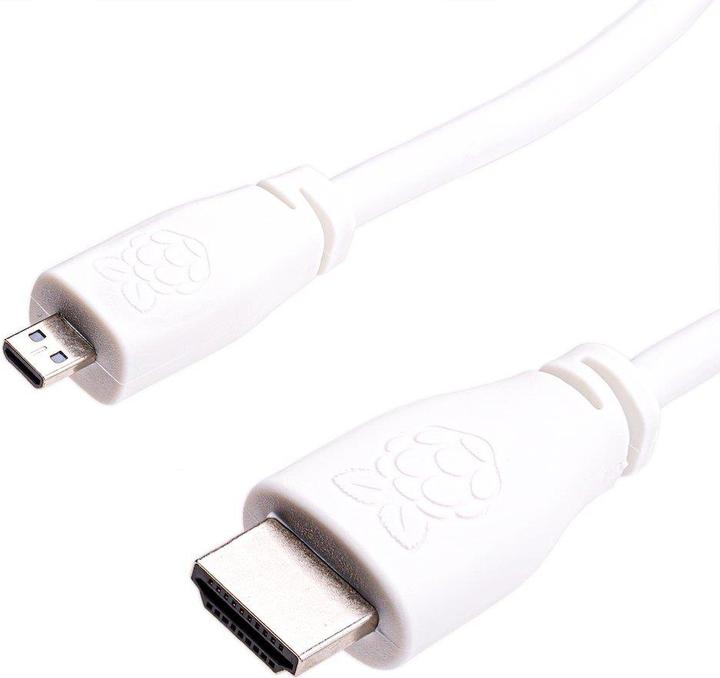

The Raspberry Pi 4: new, top-notch and tough to get hold of
The Raspberry Pi Foundation has redesigned its DIY computer. The new additions to the Raspberry Pi 4 have it all: more computing power, more RAM, faster USB and 4K!
The last Raspberry Pi update was more than a year ago. The Raspberry Pi 3 Model B+ was launched on 14 March 2018, boasting 5 GHz wifi and Gigabit LAN (via USB). The 2019 update is a leap to version 4, offering fittingly exciting developments. The Raspberry Pi Model B is based on a Broadcom system on a chip (SOC), the BCM2711.
- You can choose between different memory sizes for the first time: * 1, 2 or 4 GB RAM
- There are two new micro HDMI ports (new HDMI 2.0 instead of HDMI 1.4)
- New 4K, 60 Hz output (4K at 60 Hz plus 1080p or 2 x 4K at 30 Hz)
- Cortex-A72 quad-core processor clocked at 1.5 GHz, processing 60 - 100% faster depending on the application
- VideoCore VI GPU (VC6, 500 MHz) for 4K playback
- New power supply via USB-C (3A, 5V)
- 2 x Type-A USB 2.0
- 2 x Type-A USB 3.0 (the Raspberry Pi 3 B+ only had 4 x USB 2.0)
- 1 Gigabit Ethernet (this was only available via USB on the Raspberry Pi 3 B+)
- Bluetooth 5.0 (the Raspberry Pi 3 B+ had Bluetooth 4.2)
- The GPIO pins are backwards-compatible

A closer look at what's new
There are some noteworthy additions when it comes to 4K. We're only talking about playback here, of course; there's not nearly enough power for encoding. 4K playback with 60 fps only works with HEVC-coded (H.265) videos. The codec is built into the SoC hardware, making it fast. The Raspberry Pi 4 B doesn't have native support for other algorithms – such as VP9 on YouTube – and has to call on the A72 CPU. This means that smooth playback is out of the question. If you want to make your Raspberry Pi into a 4K media centre, you're going to need 4K videos with HEVC coding (H.265). The decoder for H.264 (MPEG-4 AVC) only works up to Full HD.
More performance means more power consumption. When idle, the new Raspberry Pi requires 4.4 watts (with a USB keyboard, mouse and Ethernet). If you use Wi-Fi instead of Ethernet, you're still looking at 4.2 watts. That's considerably more than the Raspberry Pi 3 B+'s consumption with 3.1 watts (Ethernet) and 2.5 watts (Wi-Fi). At full load, however, its power consumption is relatively similar at 7.6 watts.
The new Ethernet and USB 3.0 ports offer a lot of options. This is where the Raspberry Pi has fallen behind other mini computers such as the Banana Pi. c't magazine has already been able to examine(in German) a Raspberry Pi 4. The team measured 925 Mbps on the gigabit port (Raspberry Pi 3 B+: 300 Mbps). In the initial tests, the new USB 3.0 ports delivered 200 MB/s. That's respectable – the requirements for a mini NAS seem to have been met.
But the software doesn't seem to be quite there yet. The Raspberry Foundation is working hard on a new release of Raspian. The new HDMI ports can't be fully used yet because VLC and co. haven't yet been optimised for the new BCM2711 SoC and the chipsets used.
Verdict: a big fat update
I'm thrilled about the new Raspberry Pi 4 Model B. Its idle power consumption of 4.4 watts is an increase of almost a watt. But you get a lot more than that. The additions are practical and give the mini computer numerous new applications. Whether it's a straight replacement for a desktop computer, as the Raspberry Foundation claims on its website, I'm not sure.
However, the Raspberry Foundation is offering the Pi 4 Model B for around the same price as the 3 B+ – that's extremely fair considering what's included. The most exciting developments are definitely the expanded memory, 4K facility, faster network and USB 3.0. The new Raspberry Pi 4 B can finally be used as a mini media centre with Kodi or Plex. Or a mini NAS thanks to the superfast ports. We'll try it out, of course.
Pre-order the new model and accessories
Tosca Testorelli isn't promising anything about the availability of the new Raspberry Pi 4 Model B from the product management department. The new Raspberry Pis are extremely popular and currently only available in small quantities, having sold out virtually everywhere. We will initially be stocking the 2 GB and 4 GB versions, with delivery in 3 - 4 weeks (with no guarantees). The 1 GB version will be stocked at a later date.
Using the power supply of an older model can make things tricky. The new official adapter is a 3A 15-watt version. But you can use any power supply with an amperage of three or more over USB-C.
If you're looking to reuse an old case, you'll have to use a file to accommodate the HDMI sockets or get yourself one of the new cases. DIY plans using a 3D printer will no doubt be flying around on relevant platforms in the coming days.
You'll need a micro HDMI to HDMI adapter to connect to the monitor. (Not to be confused with mini HDMI!)
I'm the master tamer at the flea circus that is the editorial team, a nine-to-five writer and 24/7 dad. Technology, computers and hi-fi make me tick. On top of that, I’m a rain-or-shine cyclist and generally in a good mood.




